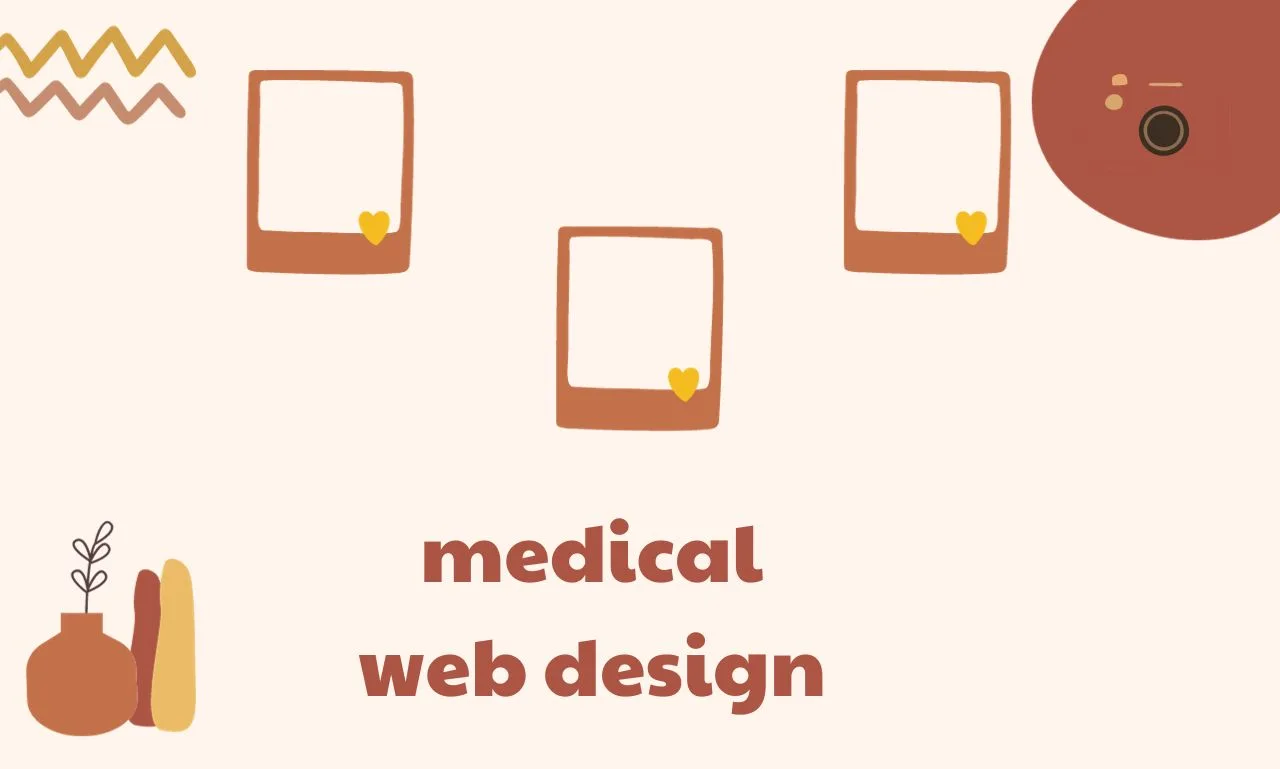medical web design
Crafting the Perfect Medical Web Design: A Prescription for Success
In today’s digital age, having a strong online presence is crucial for healthcare providers. A well-designed medical website can be the prescription for success in attracting patients, establishing credibility, and delivering information effectively. In this article, we will explore the world of medical web design, its importance, key elements, and how it can benefit healthcare practices.
The Vital Role of Medical Web Design
In an era where information is just a click away, medical web design plays a pivotal role in shaping the perception of healthcare practices. It serves as the digital front door of a medical facility, often making the first impression on potential patients. Here are some of the vital roles it plays:
1. Building Trust and Credibility
A professionally designed medical website instills trust and confidence in visitors. Patients want to know that they are choosing a reputable and reliable healthcare provider. A well-crafted website with intuitive navigation and relevant content can convey this sense of trust.
2. Providing Information
Patients frequently turn to the internet to research healthcare information. A well-structured medical website should provide accurate, easy-to-understand information about services, treatments, and medical professionals. This empowers patients to make informed decisions about their healthcare.
3. Attracting New Patients
An optimized medical website can attract new patients by ranking well on search engines. This is where the term “medical web design” becomes vital. Let’s delve deeper into the key elements of an effective medical web design.
Key Elements of Effective Medical Web Design
1. Mobile Responsiveness
With the increasing use of smartphones and tablets, it’s imperative that a medical website is mobile-responsive. This ensures that patients can access vital information seamlessly, regardless of the device they are using.
2. User-Friendly Navigation
The website’s navigation should be intuitive, allowing visitors to find information quickly. A clear menu structure, easily accessible contact details, and a well-organized layout contribute to a positive user experience.
3. High-Quality Content
Content is king in the world of SEO, and medical websites are no exception. Regularly updated, informative, and engaging content not only keeps patients informed but also helps improve search engine rankings.
4. Search Engine Optimization (SEO)
The term “medical web design” in headings, content, and metadata is crucial for SEO. This optimization helps the website rank higher in search engine results, making it more visible to potential patients.
5. Visual Appeal
Aesthetics matter in web design. A visually appealing website with high-quality images and a professional layout can captivate visitors and leave a lasting impression.
Benefits of an Optimized Medical Website
Investing in a well-optimized medical website can yield several benefits for healthcare practices:
1. Increased Patient Acquisition
An optimized website can attract a steady stream of new patients, ultimately boosting the practice’s revenue.
2. Improved Patient Engagement
Engaging content, interactive features, and easy appointment scheduling options can enhance patient engagement and satisfaction.
3. Enhanced Reputation
A well-designed website can enhance the reputation of the medical practice, making it a go-to source for healthcare information in the community.
4. Better Communication
A website can serve as a platform for communication between healthcare providers and patients. Features like secure messaging and telemedicine options can facilitate effective communication.
5. Competitive Advantage
In a competitive healthcare landscape, a well-optimized website can set a practice apart from the competition, showcasing its expertise and commitment to patient care.
Conclusion
In the digital age, medical web design is not just a luxury; it’s a necessity. It can build trust, attract patients, and elevate the reputation of a healthcare practice. From mobile responsiveness to SEO optimization, every element plays a crucial role in ensuring the success of a medical website. By embracing the power of medical web design, healthcare providers can prescribe a healthy dose of online presence and reap the benefits it offers.


